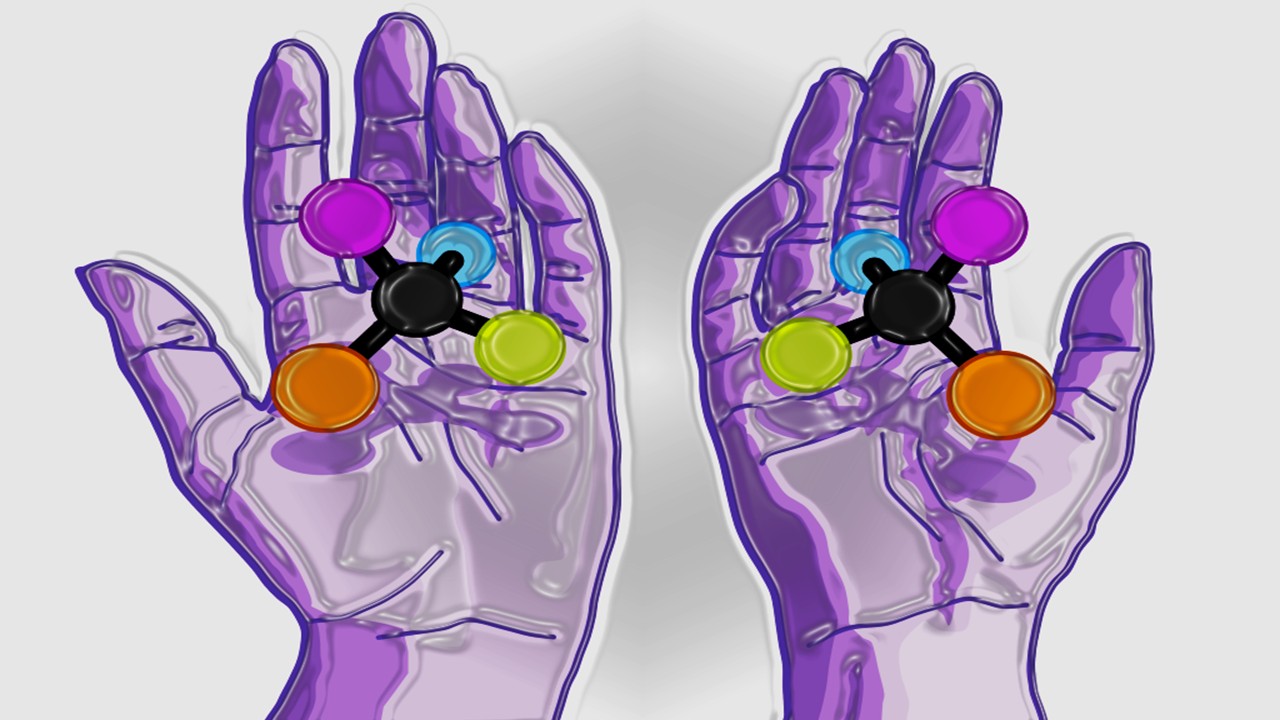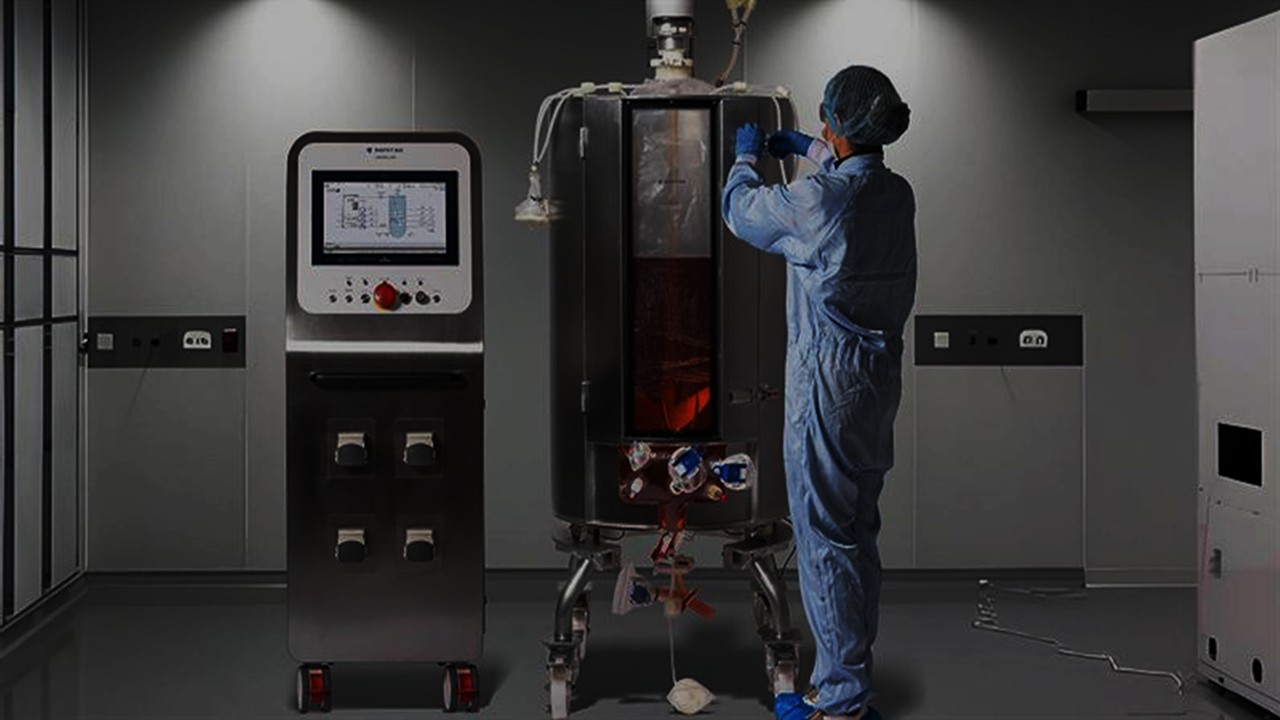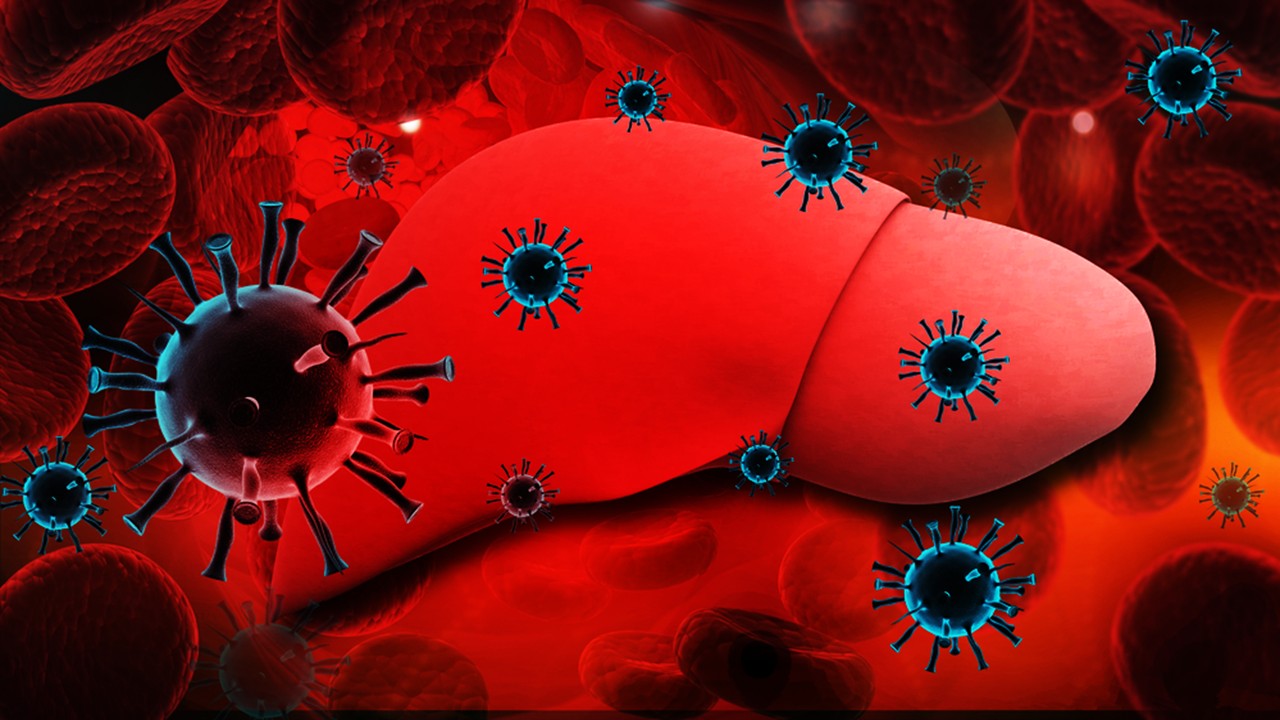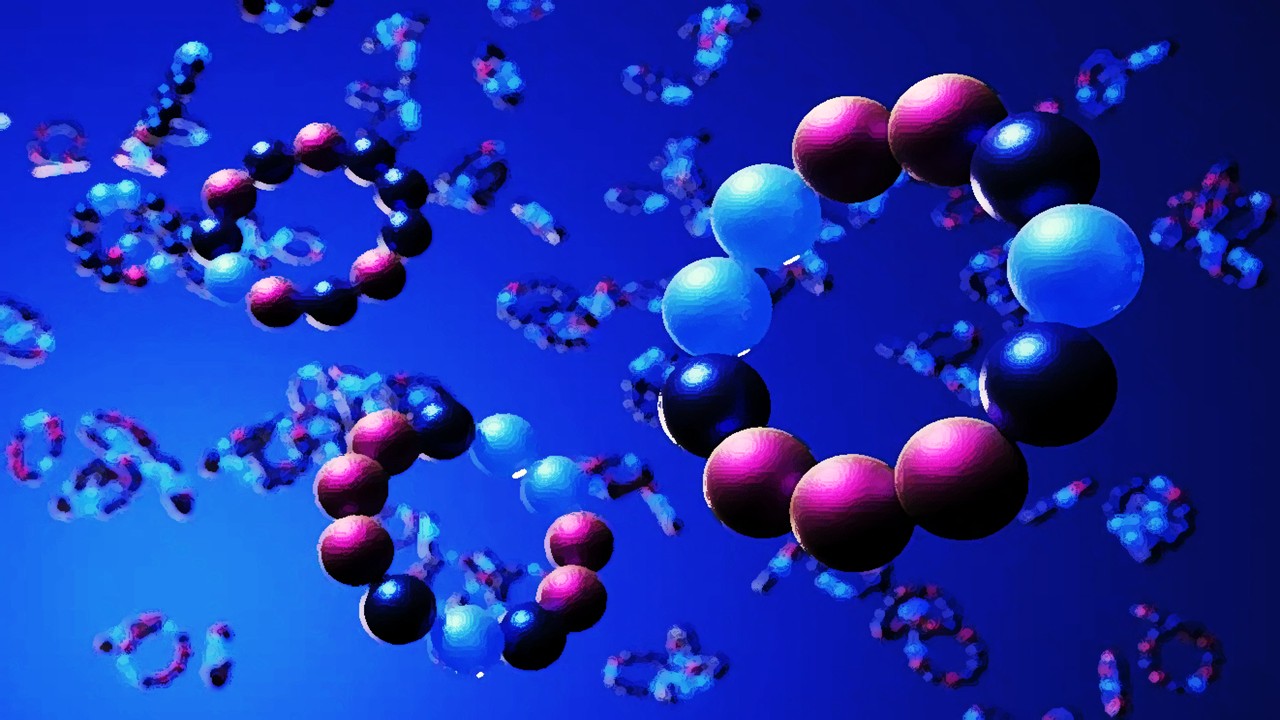The quest to uncover new drugs has long been rooted in the study of small molecules—those potent compounds that can dramatically influence biological processes. As research into disease mechanisms has deepened, the role of small molecules in drug discovery has become increasingly sophisticated. This shift has opened the door to novel approaches that blend biology and technology, creating a more comprehensive understanding of how small molecules can interact with living systems. At the heart of this effort is the process of target identification—determining which protein or proteins are responsible for the effects of a small molecule. The insights gained through these investigations provide a foundation for developing new drugs with greater specificity and fewer side effects.
With the emergence of advanced cell-based assays, researchers are now able to explore small molecules within more disease-relevant settings from the outset. While these assays provide valuable early-stage insights, they also bring complexity. Determining the precise protein targets that cause observed changes in phenotype is often challenging. A combination of approaches—including direct biochemical methods, genetic interactions, and computational models—is frequently required to paint a complete picture. These methods offer a powerful toolkit for deciphering both the desired effects and potential off-target consequences of small molecules, guiding researchers toward a deeper understanding of their mechanisms of action.
From Nature to Synthetic Libraries: A Broadening Horizon
Historically, nature has been a rich source of bioactive small molecules, with humans often exploiting the medicinal properties of plants and toxins long before understanding their exact mechanisms. Nature’s process of selection ensures that small molecules confer some evolutionary advantage, but modern science has expanded far beyond nature’s offerings. The past few decades have seen a seismic shift toward synthesizing and screening vast libraries of chemical compounds in the search for potential drugs. Organic chemistry has made it possible to rapidly generate large collections of synthetic molecules, which are then tested for their biological effects. This large-scale screening has vastly accelerated the drug discovery process, offering researchers a broader palette of chemical structures to work with.
Despite the sheer volume of compounds now available for testing, the core principles of target identification remain the same. In both natural and synthetic small-molecule studies, the critical challenge is linking the observed biological effects to specific protein targets. Early research often focuses on purified proteins, but as assay technology has evolved, many researchers have returned to using cell-based or organism-based phenotypic assays. These assays offer the advantage of studying molecules in their natural cellular environment, preserving the complexity of biological systems. However, this approach also complicates the task of identifying the exact protein or mechanism responsible for the small molecule’s action.
Breaking Down Genetic and Genomic Approaches to Target Identification
Genetic and genomic approaches have become indispensable tools in the hunt for small-molecule targets. These methods leverage the power of DNA and RNA to induce large-scale changes in gene expression, offering a direct window into the biological impact of small molecules. A central strategy in this field is the study of genetic interactions, which relies on the concept of genetic modifiers—genes that either enhance or suppress the effects of a small molecule. Through techniques such as gene knockout or RNA interference (RNAi), researchers can disrupt specific genes and observe how these changes interact with the presence of a small molecule.
For instance, if knocking down a gene mirrors the effect of a compound, it provides compelling evidence that the protein encoded by that gene is a target. Additional confirmation can come from observing chemical-genetic interactions, where a mutant strain becomes hypersensitive to sublethal doses of the compound. Similarly, by crossing different strains of yeast, researchers can identify genetic loci that confer sensitivity to certain small molecules. These insights have set the stage for understanding how small molecules may influence complex diseases, even if translating these findings from yeast to humans remains a challenge.
In some cases, genetic tools can be combined with small-molecule screens to sharpen the focus. A promising technique involves pairing RNAi libraries with small-molecule treatments to assess the effects on a shared cellular phenotype. Genome-wide RNAi screens can reveal genetic players that act in concert with small molecules, providing deeper insights into the mechanisms at play. This approach is particularly valuable for studying how small molecules behave in mammalian or human cells, which offer more physiologically relevant contexts. While genetic modifications don’t always mimic the actions of small molecules, combining these tools has proven useful in dissecting their effects.
Mammalian Cells and the Frontier of Precision Targeting
Mammalian cells have become an increasingly important focus in target identification studies. For example, examining drug-resistant clones of human cancer cells through transcriptome sequencing (RNA-seq) has provided a direct route to identifying intracellular targets of cytotoxic compounds. By comparing resistant cell lines to their parent populations, researchers can pinpoint mutations that allow cells to evade the effects of a drug. This method has been successfully used in studies involving the PLK1 inhibitor BI 2356, where mutations within the drug’s binding site were found to be responsible for resistance.
This approach not only accelerates the identification of drug targets but also allows for cell type–specific analyses without the need for chemically modifying the small molecule. Although these studies are currently limited by their focus on cell viability as the primary phenotype, the method holds great promise for refining the discovery process in mammalian cells. Advances in transcriptomics and genome editing will likely expand the utility of this approach, enabling researchers to explore more complex phenotypes and disease models.
The Role of Computational Models in Decoding Small-Molecule Mechanisms
As data from genetic and chemical screens accumulate, computational methods have emerged as essential tools for target identification. By analyzing gene expression signatures and comparing them to known small-molecule profiles, researchers can infer potential mechanisms of action. One particularly successful example is the use of transcription profiling data to build a connectivity map, which ranks genes based on their response to various compounds across multiple cell lines. This approach allows for clustering of compounds with similar mechanisms of action, creating a network that links previously uncharacterized molecules to known bioactive compounds.
While computational models offer powerful ways to organize and interpret complex data, their success depends heavily on the accuracy of small-molecule annotations. Despite this limitation, computational tools have proven invaluable in drawing connections between new screening hits and established drugs. As the technical barriers to generating large data sets continue to fall, the line between genetic and computational approaches is blurring. This convergence promises to further enhance our ability to predict small-molecule behavior, facilitating the discovery of new therapies with greater precision.
A New Era of Target Discovery
The landscape of small-molecule research has shifted dramatically, driven by advances in genetics, chemistry, and computational biology. Modern drug discovery relies on a combination of these disciplines to identify new molecules that can selectively modulate biological pathways. As researchers continue to refine the techniques of target identification, the possibilities for uncovering new therapeutic targets grow ever larger. With each breakthrough, we move closer to a future where small molecules can be designed with unprecedented accuracy, offering more effective treatments with fewer side effects. The road ahead is complex, but the tools we now possess make it one full of promise and potential.
Engr. Dex Marco Tiu Guibelondo, B.Sc. Pharm, R.Ph., B.Sc. CpE
Editor-in-Chief, PharmaFEATURES

Subscribe
to get our
LATEST NEWS
Related Posts
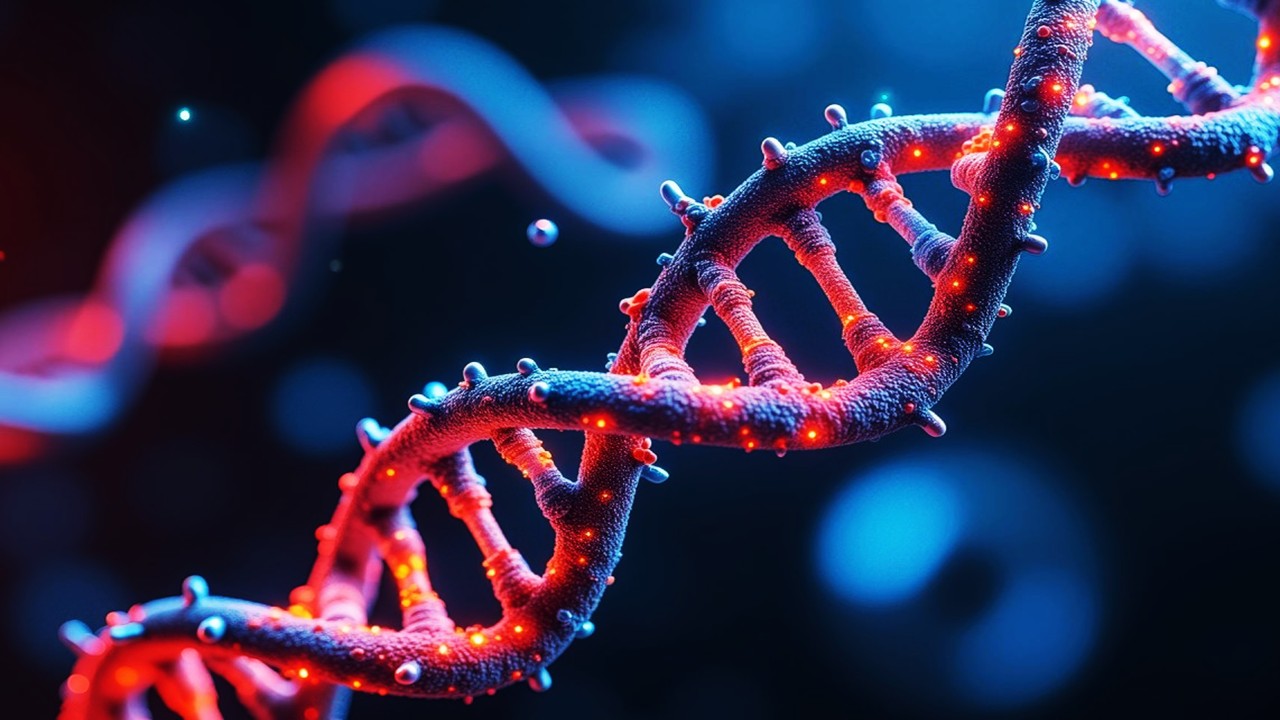
Medicinal Chemistry & Pharmacology
Pathogenic Targeting 5.0: The Rise of RNA Therapeutics and Peptide-Based Drugs in Modern Medicine
Unlike traditional small-molecule drugs, which interact with proteins, RNA therapies modulate gene expression directly, enabling interventions at the root of disease.

Medicinal Chemistry & Pharmacology
Polarity Alchemy: Strategic Charge Manipulation in Contemporary Drug Design
The future promises tunable therapies with polarity adjustable by light, magnetic fields, or bioorthogonal triggers.
Read More Articles
Tetravalent Vaccines: The Power of Multivalent E Dimers on Liposomes to Eliminate Immune Interference in Dengue
For the first time, a dengue vaccine candidate has demonstrated the elusive trifecta of broad coverage, balanced immunity, and minimal enhancement risk,





